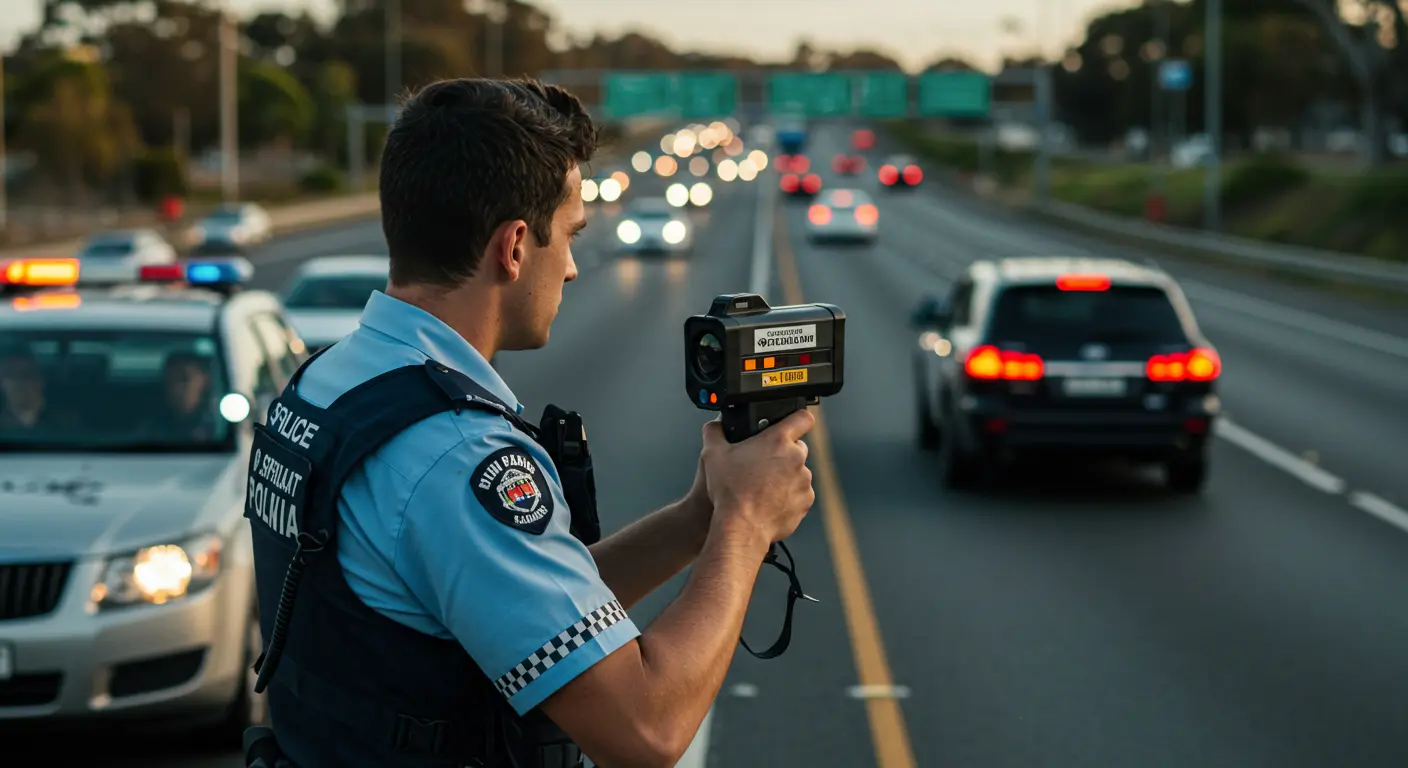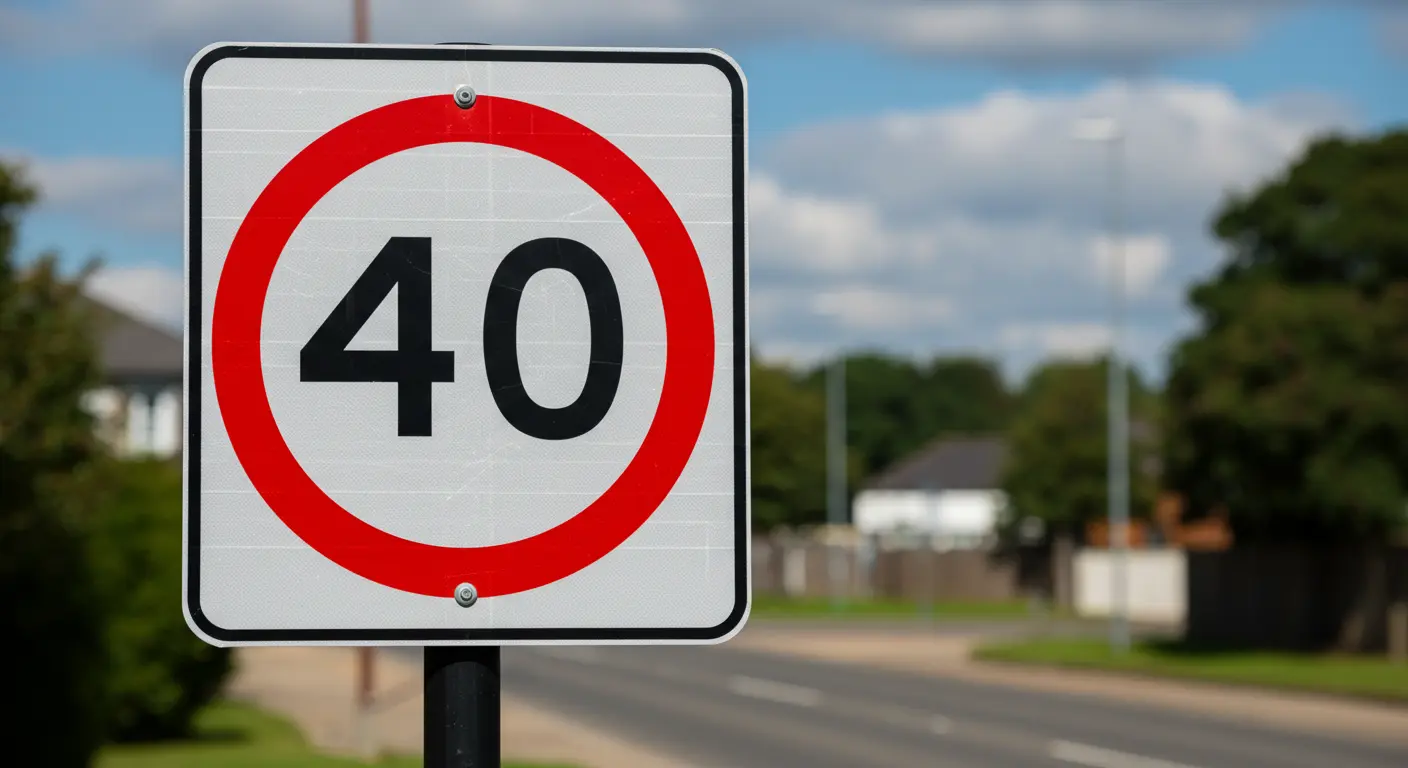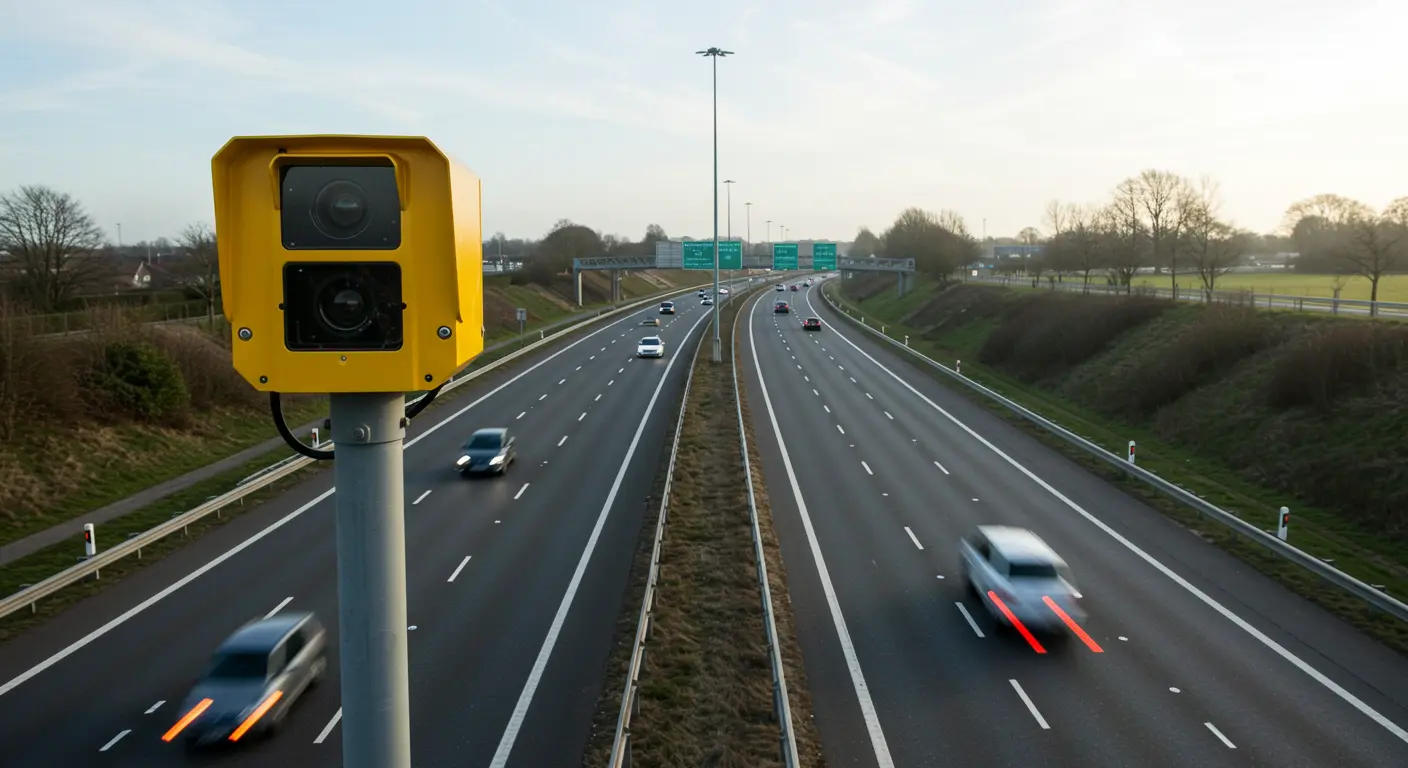If you've been feeling like you're driving through a sea of blinding lights lately, you're not alone. The issue of excessively bright headlights has become a hot topic on our roads, with many drivers struggling to see clearly at night. Let's dive into why this is happening and what it means for Aussie motorists.
The Bright Problem
Recent surveys have shown that a whopping 89% of drivers reckon some or most headlights on the road today are too bright and it's causing serious safety issues such as:
- Temporary blindness: Exposure to intense headlights can cause a driver's pupils to constrict quickly, but they take longer to readjust to darkness.
- Increased accident risk: Some drivers report nearly being involved in collisions due to headlight glare.
- Avoidance of night driving: Alarmingly, 7% of affected drivers avoid driving at night altogether, rising to 14% for those aged 65 and over.
Why Are Headlights Getting Brighter?
Several factors are contributing to this dazzling dilemma:
- LED technology: Modern LED headlights are significantly brighter than traditional halogen bulbs, producing about 4,000 lumens compared to halogen's 1,000 lumens.
- Vehicle size: The increasing popularity of larger vehicles like 4X4, Toyota LandCruiser's means headlights are often positioned higher, shining directly into the eyes of drivers in smaller cars.
- Aftermarket upgrades: Many drivers are retrofitting their older vehicles with LED bulbs, often resulting in poorly aligned beams that cause excessive glare.
- Misaligned headlights: Improperly adjusted headlights, especially on larger vehicles, can exacerbate the problem, especially as most are installed during the day.
The Impact on Drivers
The effects of these bright headlights are more than just a nuisance:
- Temporary night blindness: 90 km/h, a vehicle can travel over 100 metres during the period of impaired vision caused by glare.
- Older drivers at risk: The Royal Society for the Prevention of Accidents notes that between ages 50 and 65, the time to recover from glare increases from one to nine seconds.
Tips for Dealing with Bright Headlights
While we wait for regulations to catch up, here are some tips for coping with bright lights:
- Look towards the left side of the road to avoid direct glare from oncoming traffic.
- Keep your windscreen clean to reduce glare.
- Consider getting anti-glare glasses for night driving.
- If you're upgrading your headlights, ensure they're properly installed and aligned.
As we navigate this bright new world of automotive lighting, it's clear that balancing visibility and safety for all road users remains a crucial challenge.

















